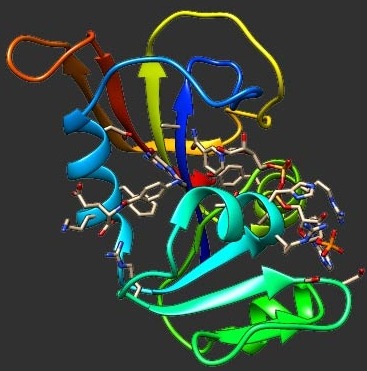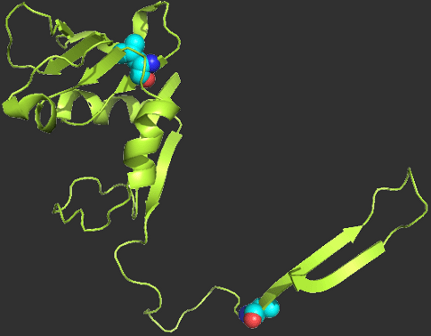Citation:
Date Published:
2007Abstract:
Author SummaryWhat mechanisms does Nature use in her quest for thermophilic proteins? It is known that stability of a protein is mainly determined by the energy gap, or the difference in energy, between native state and a set of incorrectly folded (misfolded) conformations. Here we show that Nature makes thermophilic proteins by widening this gap from both ends. The energy of the native state of a protein is decreased by selecting strongly attractive amino acids at positions that are in contact in the native state (positive design). Simultaneously, energies of the misfolded conformations are increased by selection of strongly repulsive amino acids at positions that are distant in native structure; however, these amino acids will interact repulsively in the misfolded conformations (negative design). These fundamental principles of protein design are manifested in the "from both ends of the hydrophobicity scale” trend observed in thermophilic adaptation, whereby proteomes of thermophilic proteins are enriched in extreme amino acids—hydrophobic and charged—at the expense of polar ones. Hydrophobic amino acids contribute mostly to the positive design, while charged amino acids that repel each other in non-native conformations of proteins contribute to negative design. Our results provide guidance in rational design of proteins with selected thermal properties.

